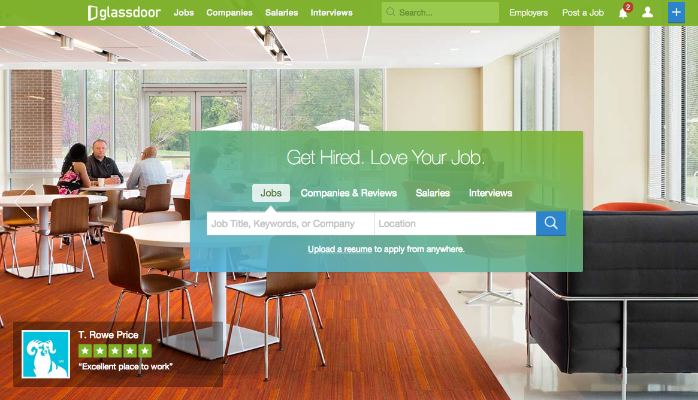Proving facts to management is always a difficult task. During our October meeting Susan Moore and Elissa Fink demonstrated their technique for telling a great story with data that can help you communicate the important facts in a memorable way. We have all faced the challenge of having too much information and data that our key points can get lost in all the data. In order to make an impact that will travel beyond your presentation or meeting, you have to bring the facts and data to life.
Susan Moore, whose global work and results were published in the book, Wake Me Up When the Data is Over, has held senior management positions with Microsoft and Eastman. Elissa Fink is the Senior Vice President of Tableau Software. Together, these two dynamic business leaders addressed the fundamental shift in how we see and process data.
In order to capture your audience’s attention it’s important to relate the data and your analysis to a story. This is similar to the public speaking tactic of starting your speech with an anecdote to warm up the audiences. But there is more to the strategy in that the story has several benefits. By telling a story you create sense and order to help the audience understand better. Storytelling also sees the whole where there are disparate parts and gives vision to what the future can look like. Also a story is interactive and allows people t put themselves into the story for a more personal connection.
So what makes a good story? First, a good story involves characters and a challenge that is believable. It’s important for the audience to accept the premise of your story as well as identify with the character. A good story must also have hurdles to overcome that further define the challenge in realistic parts. And finally the story’s outcome or prognosis must be clear. A confusing ending can derail the important points you are communicating.
Moore and Fink recommended avoiding stare glare from your audience by limiting your presentation to 10 slides with extra supporting data being included in an appendage for further reading and reference. It’s important to quickly capture executives’ attention therefore the third or fourth slide should be your money slide. It’s important for a story to have emotion as well. An example presented was Apple’s “Think Different” campaign and specifically Apple’s home page when Rosa Parks died. The image, shown below, tells of Park’s role in the civil rights movement and even has her looking away, in a different direction.
Often presenting data does not equal a good story. There is too much data already competing for eyes and ears. How does this happen? Usually because we create the presentation before we create the story. At the end of your presentation which will be more memorable the presentation or the story? Moore and Fink suggested doing a data dump and exploration of the data to uncover the findings. These are the “A-ha” and “So what” facts. Next you must determine what you want people to do as a result of your presentation. Once you have these story elements it’s time to write out a storyboard for the audience. The more senior the audience the fewer the slides to keep them focused on your story.
Authenticity is important in a story and will help make it flow. Consequently you should ask the question, “what makes it believable?” Start with a metaphor, urban legend or anecdote. Develop the story with data, authenticity is rooted in the faces and the facts are rooted in your data. Supplement hard data with qualitative data such as competitors’ ads, videos or emails from customers.
Moreover it’s important to be visual in your presentation. You are the film editor and can use this to your advantage when communicating bad news such as poor performance. Avoid the “shoot the messenger” problem by diffusing anger with a clever visual. In times of bad news the most important task becomes “what are we going to do?” Another example shown as that of a tree map. This type of graphic shows the landscape with the ability to drill-down to the underlying data. Dynamic mouseovers can be added to highlight important callout text and facts.
The strategy is also helpful for the presentation’s executive summary. Rather than just listing bullets, show the data points and make it easy to recall. For example if one of your key points is to show significant sales growth in the Western region, show the growth on a bar chart comparing to other regions and even include different measures such as percentage growth. But keep it easy for yourself and audience to recall.
To further engage the audience and make your story more memorable it’s vital to invite discussion and interact with the audience. A key tactic is once you identify yourself, share something about yourself. Limit it to three key points on crafting your story and focus on highlighting what the audience needs. to continue the discussion invite the audience to interact through blogs, intranets or discussion boards.
Be ready for the interactivity you’ve prompted. You will need to have creative ways to access and interact with the data. Anticipate questions and if possible be “real-time” with the data so you can support your answers. Access to real-time data with a dynamic reporting tool allows you to demonstrate real-time examples as well. Elissa Fink demonstrated a few examples using her company’s software reporting tool in a very dynamic fashion.
Some other guidance from the speakers included taking a film class at your local community college to hone your storytelling and storyboarding skills. Other resources include the National Storytelling website, Perceptual Edge and Garr Reynolds’ book Presentation Zen and blog of the same name.
For additional information, web site links and examples, you can download the presentation from the event page on http://www.triangleama.org/.


